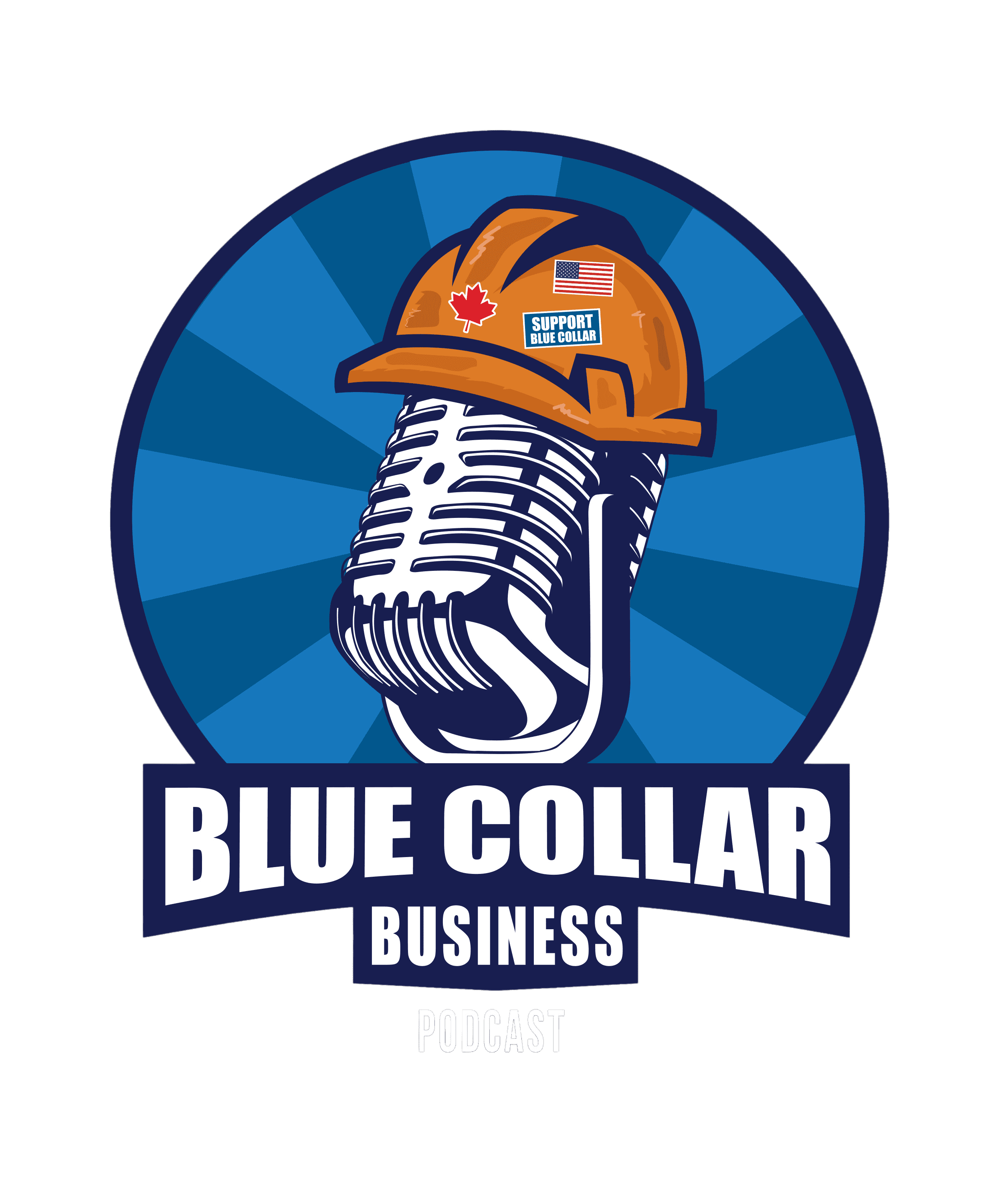The fastest way to burn profit is to build off bad data. We sit down with Tylor Foster, founder and CEO of DirtLab, to unpack how rushed designs, mismatched elevations, and vague standards cascade into RFIs, idle equipment, and rework—and how to stop it before a blade ever touches dirt. Tylor draws on years at Granite’s large projects group to show why clean inputs and strong project controls aren’t optional; they’re the foundation that turns weekly WIP into real insight and keeps your forecast honest.
We walk through the real-world path from paper plans to usable GPS models: drone topos, machine control, takeoffs that become working documents, and constructibility reviews that surface conflicts when they’re cheap to fix. If you’ve ever tried to plug engineer CAD directly into your machines, you know the pain: broken layers, missing standards, unusable formats. DirtLab acts as a digital translator between designers and operators, packaging issues and files so engineers can respond fast—and so your crews build it right the first time.
Training is the multiplier. Not the “click here, then here” kind, but the kind that teaches the why, so your team can adapt when the perfect dataset doesn’t exist. Tylor shares ten-second tips that add up to months of savings, plus a frank take on dealer support gaps and how to build a support network that sticks. We also tackle the generational shift: younger leaders embracing base and rover and machine control to control costs, veterans guarding hard-won craft, and the middle ground where tech makes good operators great. The bottom line: technology is no longer about nice-to-have ROI; it’s about the feasibility of staying competitive as owners and DOTs codify digital delivery.
If you’re tired of finding problems in the field, want fewer RFIs, and need models your machines can trust, this conversation lays out the system: clean inputs, constructibility-first modeling, and training that scales from bid to blade. Enjoy the episode, then subscribe, share it with your crew, and leave a review to help more builders find it.
Thumbtack
Stop spending all your time searching for weak leads. Book your personalized strategy session today!
Blue Collar Performance Marketing
Click the link above for a free marketing audit with insights to boost your blue collar business!
Disclaimer: This post contains affiliate links. If you make a purchase, I may receive a commission at no extra cost to you.
Follow and stay connected:
Never miss an update—follow, subscribe, and join the conversation!
More About this Episode
Bridging the Gap Between Dirt and Data: Why Construction Tech is the Future of Civil Contracting
In civil construction, time and money are everything. You either have both on your side, or you're bleeding one because the other is out of sync. What too many contractors still don’t realize is how big a role technology now plays in aligning the two.
For years, I’ve been in the trenches of civil contracting. First doing the work, then running the work, and now helping others make their work run smoother, and one thing has become clear: if you’re still relying on outdated design data, rough training, and systems that don’t scale, you’re probably losing more money than you realize. Worse, you’re likely setting your team up to do the same.
Enter guys like Tylor Foster, CEO of DirtLab, who are leading the charge in bringing real solutions to the job site where it matters most. Tylor isn’t a software salesman or a consultant watching from the sidelines. He’s a boots-on-the-ground veteran of the heavy civil world who knows firsthand where the breakdowns happen, and more importantly, how to fix them before they cost you days, weeks, or even whole projects.
Let’s talk about the pain points we all face in this industry, and what forward-thinking contractors can do to overcome them with data, systems, and most importantly, the right mindset.
The Hidden Cost of Bad Design Data
Whether you're a two-machine dirt crew or running a multi-million dollar civil operation, design data affects every move your machines make.
Tylor’s story echoes what so many of us have experienced. He got his start at a major GC, learning the ins and outs of project controls, cost engineering, and estimating. He quickly saw that half of the field delays didn’t come from poor execution, but from bad data. Whether it was rushed designs, incomplete files, or conflicting elevations, it wasn’t unusual for the job to grind to a halt while engineers scrambled to answer RFIs weeks after the dirt needed to be moved.
What makes it worse? Many contractors don’t realize they’re eating the cost of those delays.
You're sitting there with machines on standby, waiting for answers, burning fuel and time. Meanwhile, the client, the GC, or the city points back to the contractor to "just figure it out." But figuring it out means you're now re-engineering a flawed set of plans in real-time without being paid for it.
That’s where modeling services like DirtLab shine. Tylor and his team aren’t just pushing buttons in CAD. They're applying years of field experience to identify the constructability issues before you ever break ground. And the result? Fewer surprises, less downtime, and projects that actually run like they’re supposed to.
The Training Problem No One Wants to Talk About
The other half of the problem is training, and not just the "here’s how you click through this software" kind of training. I’m talking about true understanding - teaching your people the why behind what they’re doing.
Too many contractors invest in expensive tech, machine control systems, GPS rovers, drones, and high-powered modeling software, but skip the training that makes those tools profitable.
Tylor hit the nail on the head: it's not about learning the "how" alone. It's about teaching the why, so your team knows how to problem-solve when things inevitably go off-script. Because they will.
You can't expect someone to use a six-figure piece of equipment efficiently if they don’t know what a broken surface model looks like, or why a 1% slope variance can wreck your storm drain installation. And dealer support alone won't cut it. They’re often not available when you need them, or they’re focused on tech setup, not real-world application.
Training should be proactive, not reactive. Your GPS guy shouldn't need to be a CAD engineer, but he should know when a file is broken, and how to push back on bad data, or at the very least, who to call that can help him fix it fast.
Estimating, Job Costing, and the Flow of Information
This is where most small and mid-sized outfits fall apart. Estimating throws numbers into a spreadsheet. Field production runs with what they’ve got. Accounting tries to sort it all out after the fact. And nobody’s working off the same data.
If you’ve been in this game long enough, you’ve probably felt that pain. The estimator might have padded a line item for unknowns, but didn’t label it clearly. Now the PM is guessing, and the field team is two weeks deep before realizing they're over budget on gravel because the wrong yield rate was used in the estimate. It's chaos.
Tylor’s background in cost engineering showed just how vital it is to have clean, accurate inputs at the start, not just in the estimate, but in your data systems. Even more important, you need a feedback loop. When a job runs over or under, that data should flow back to the estimating team so the next job is sharper.
That only happens when your team has systems in place and knows how to use them. Whether that’s Bluebeam, PlanSwift, Topcon Magnet, Trimble Business Center, or another software stack, the software alone won’t fix your process. But the right training and structure will.
Embracing the Tech as the Industry Evolves
Here’s the reality: whether you’re ready or not, GPS and digital workflows are becoming the standard not the luxury.
We're seeing more developers and GCs who require their subs to have base and rover setups. They’re expecting you to self-perform staking. They're assuming your data is clean and your files are ready to plug into a dozer. If you're not ready for that shift, you're going to get left behind.
The next generation of operators is embracing this. These are the guys in their 20s and 30s who see a dozer with machine control and get excited not intimidated. They’ve grown up with screens and software, and they know how powerful these tools can be when they’re used right.
However, they still need guidance. They still need someone to connect the dots between GPS, modeling, estimating, and field execution. And that’s what companies like DirtLab are solving. They're not just modeling your job, they're teaching your team how to think differently about data, how to spot issues early, and how to leverage every bit of tech you’ve invested in.
The Construction Translator: Why DirtLab Works
One of the most valuable things Tylor brings to the table is the ability to "speak both languages." He’s fluent in field execution and digital data. He can talk to the engineer, flag constructability issues, and bring that clarity back to the contractor in a way that makes sense.
Too often, we get stuck in the middle. You see a bad elevation in the file, but you don’t know how to challenge it. You know the model's wrong, but the guy who built it is unreachable. Meanwhile, your blade guy is sitting there waiting, and you're losing hours.
Having someone who can be the go-between, who knows what the field needs, what the engineer meant, and what the model should look like, that’s gold. It saves you time. It saves you money. And it gives your team confidence.
Building Smarter, Not Just Harder
The future of civil construction isn't about doing more work, it's about doing the right work, in less time, with less rework. That only happens when your data, your people, and your systems are aligned.
If you're still printing out paper plans and coloring takeoffs with pencils, you're already behind. If you’re using GPS but can’t explain what the model is doing, you're wasting the tech. If you’re buying software without training, you’re burning money.
You don’t need to become a tech wizard overnight. But you do need a partner who can help you bridge that gap. Whether it’s training your crew, flagging design issues before they hit the field, or helping you build models that actually work. Don’t be afraid to ask for help because at the end of the day, getting unstuck starts with raising your hand and saying, “I don’t know how to do this, but I want to learn.”
That mindset will take you further than any machine ever could.
Need help building better models, finding plan issues before they hit the field, or training your team on GPS tech that actually sticks?
Visit dirtlab.io and get connected with Tylor and his team.
If you want to dig smarter, not just harder, it starts with the right data and the right people helping you make sense of it.



Member discussion: